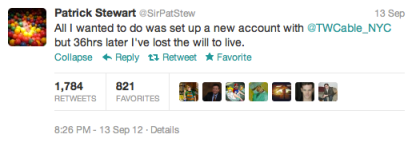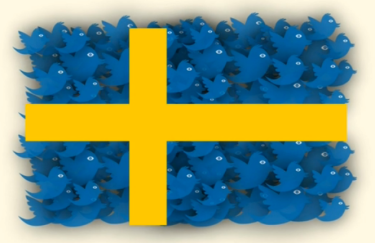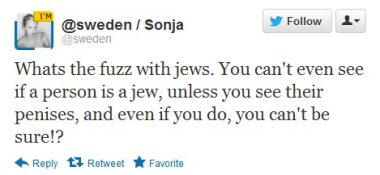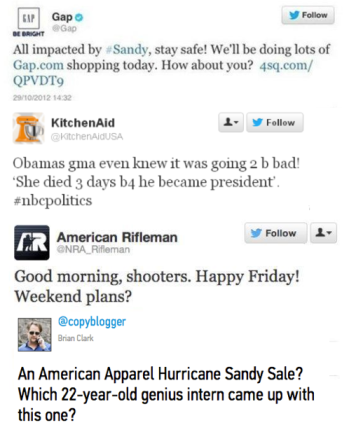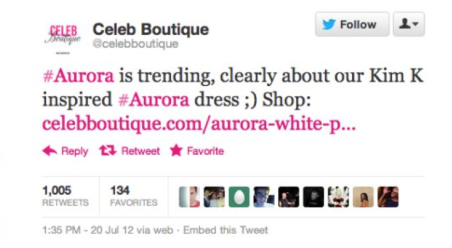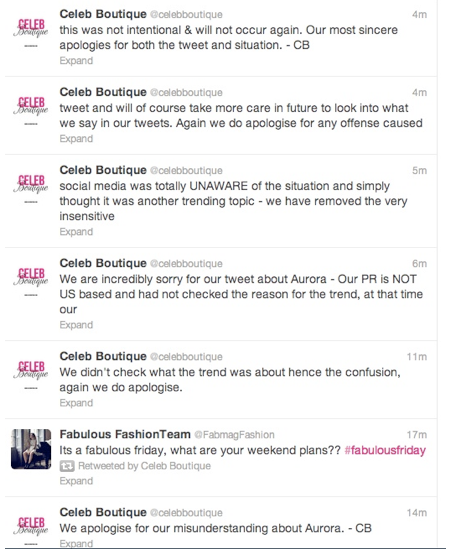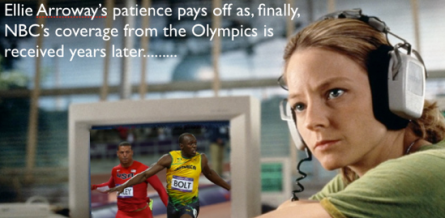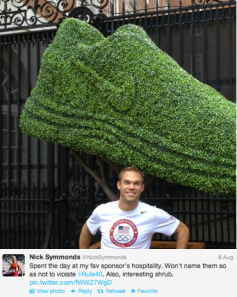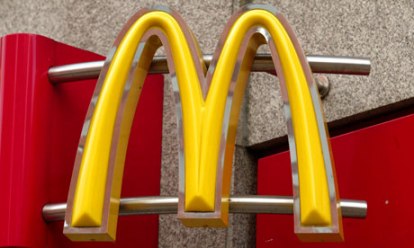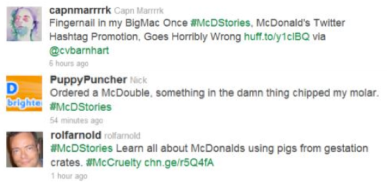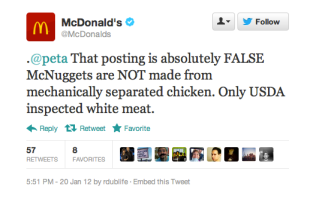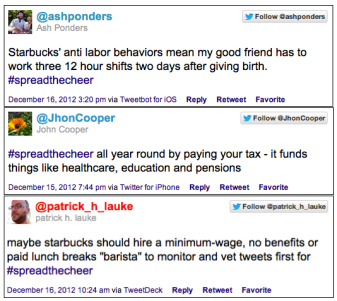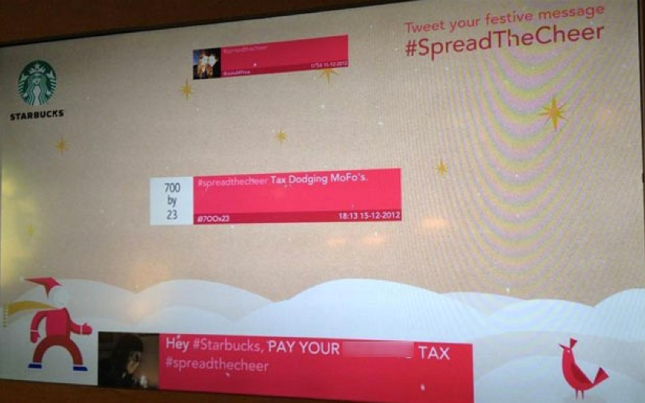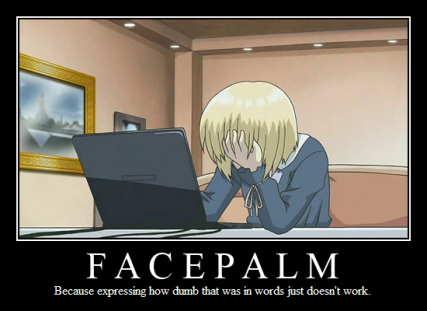And so, finally, we reach my favorite Social Media Fail of 2012. And though it got quite a bit of coverage in September, there’s a pretty good chance that not many will have heard of it. But also a fair chance that many of you will empathize.
When was the last time you moved house?
For me it was about 4 years ago, and in my case it was actually moving from one continent to another, but whether it’s halfway around the world or only down the street, moving house is often considered to be second only to the death of a spouse or a child in terms of the levels of stress it is capable of inducing.
And of course it is only when you have sold your old house and bought your new one that the challenges really begin. Finding someone to help you move, getting all the endless paperwork completed, finding new suppliers, comparing prices (not just the 6 month prices designed to hook you, but the long term prices where they really make their money).
 It’s a seemingly endless round of searches and phone calls. Fortunately, since you’re a ‘potential new customer’ you can usually get straight through to a real person, a seemingly unremarkable fact at the time but one you will remember wistfully when you’ve been a customer for a while and you’re being herded through the autoprompts to the “Your business is important to us” holding area with the rest of the cattle.
It’s a seemingly endless round of searches and phone calls. Fortunately, since you’re a ‘potential new customer’ you can usually get straight through to a real person, a seemingly unremarkable fact at the time but one you will remember wistfully when you’ve been a customer for a while and you’re being herded through the autoprompts to the “Your business is important to us” holding area with the rest of the cattle.
Then finally, you’re into your new house, the power, gas, taxes and all the other annoying crap have been turned on or put in your name, and only one key task remains: the visit from the cable company to set up your cable TV, internet connection and (for those blissfully wedded to last century) your landline phone.
Most of us have been in the position of waiting, hour after hour, to see whether on the appointed day the guy or gal with all the cables, boxes and associated gizmos arrives on time, or even at all.
In September this year, new New York resident Patrick Stewart set up an appointment with Time Warner Cable to come and install his links to the outside world.
The experience did not go well, causing him to tweet “All I wanted to do was set up a new account with @TWCable_NYC, but 36hrs later I’ve lost the will to live.”
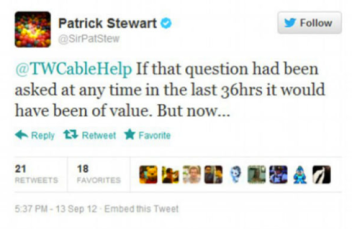 To their credit, Time Warner responded promptly, tweeting to find out “How can we assist you?”, but Stewart clearly thought, quite rightly when all’s said and done, that he had a right to expect decent service from those who had been supposed to provide it in the first place., and that this offer of help on social media was too little too late.
To their credit, Time Warner responded promptly, tweeting to find out “How can we assist you?”, but Stewart clearly thought, quite rightly when all’s said and done, that he had a right to expect decent service from those who had been supposed to provide it in the first place., and that this offer of help on social media was too little too late.
Again, Time Warner’s Twitter team were professional and tweeted back “I apologize for the frustration. If you change your mind we are here.”
This exchange happened on September 13, and the conversation could have ended there. But overnight, I’m guessing someone in Time Warner’s Social Media team noticed the little blue check mark next to the name ‘Patrick Stewart’.
For those of you not familiar, the blue check indicates a ‘Verified’ account, meaning that twitter users can be certain that the person they are following is the genuine article and not a copycat. People whose accounts are ‘Verified’ are movie stars, sports personalities, senior politicians, and so on.
So, when someone at time Warner noticed the little check mark it’s probably only then that the penny dropped and the sound that the penny made went something like “Oh, it’s Jean Luc Picard, that might not be a good thing!”.
Another dead giveaway might have been the fact that @SirPatStew had roughly 60,000 followers despite only having been on Twitter for a few months. And another still might have been that his tweet was being retweeted hundreds of times an hour. But, OK, they missed it, so let’s move on.
And move on was exactly what they should have done. They’d dropped the ball on the install, but responded professionally on Social Media, so leave it at that.
But no. They decided to try and cozy up to him, tweeting at him the following day using a couple of ingratiating Star Trek references to illustrate how much they loved him. I can almost imagine half a dozen of them gathered round the screen, composing their masterpiece: “Oh, dude, I got it, tell him we’re trekkers! Is it trekkers or trekkies? Oh, what the hell, say trekkers.” “What’s that catchphrase of his? Oh yeah – ‘make it so’! Tell him we’ll ‘make it so’ “.
To my absolute delight, Stewart was having none of it and sent back the equivalent of Monty Python’s ‘Fish Slapping Dance’, which basically stopped the conversation in its tracks.
Once again, that could have been the end of it, but alas for Time Warner, the pummeling gathered pace.
The original tweet had now received getting on for 2000 retweets, and practically everybody who retweeted or replied seemed to be agreeing that Time Warner installs were as organized as a tossed salad. And that wasn’t the worst, not by a long shot.
 LeVar Burton (Picard’s colleague Georgi La Forge from Star Trek TNG), replying to a tweet from the New York Observer writer Steve Huff said simply “Been there!”. Huff’s tweet referenced an article on tech site Betabeat (for whom he also writes) chronicling the previous day’s exchange.
LeVar Burton (Picard’s colleague Georgi La Forge from Star Trek TNG), replying to a tweet from the New York Observer writer Steve Huff said simply “Been there!”. Huff’s tweet referenced an article on tech site Betabeat (for whom he also writes) chronicling the previous day’s exchange.
The Betabeat article was posted to reddit, where redditors agreed with Stewart’s decision in no uncertain terms.
 William Shatner replied to Stewart’s first tweet, initially just saying that he agreed, but then going on to amplify his view in a separate tweet informing everyone that he’d been waiting for Time Warner LA to re-add Digital Talk Radio for nearly a month, and describing them as “Terrible”.
William Shatner replied to Stewart’s first tweet, initially just saying that he agreed, but then going on to amplify his view in a separate tweet informing everyone that he’d been waiting for Time Warner LA to re-add Digital Talk Radio for nearly a month, and describing them as “Terrible”.
By this time the story was being featured prominently in the mainstream media around the world. However, after a couple of weeks, just as Time Warner might have though it was safe to come out of the bathroom, former original Star Trek cast member turned Social Media darling George Takei chimed in, saying “It doesn’t get much better than this” and sharing the entire story with his half million Twitter followers (leading to another 2500 retweets), and his legion of Facebook fans (over 3 million of them), resulting in nearly 25,000 likes, 5,000 shares and well over 1,000 comments, very few of them with anything positive to say about Time Warner.
Stewart meanwhile was maintaining a dignified silence while the interwebs were amusing themselves with poking fun at Time Warner. In fact, his only related tweet during the entire time period was to @dish, to thank them for providing the “prompt and professional service” that he had originally hoped to get from TWC.
 Though it appears he couldn’t resist one final, priceless little swipe at Time Warner Cable, which I think ties the story up quite nicely – the perfect place to end.
Though it appears he couldn’t resist one final, priceless little swipe at Time Warner Cable, which I think ties the story up quite nicely – the perfect place to end.
Thanks for reading. I’ve enjoyed writing these Top 10 Fails, particularly reseaching them, and hope you’ve found something that has either given you food for thought, or at least made you smile.
May I wish you a very Happy New Year.

